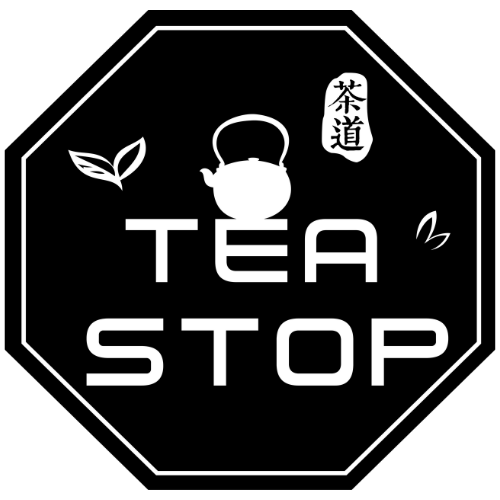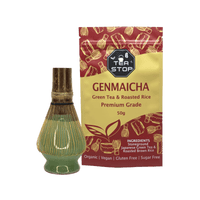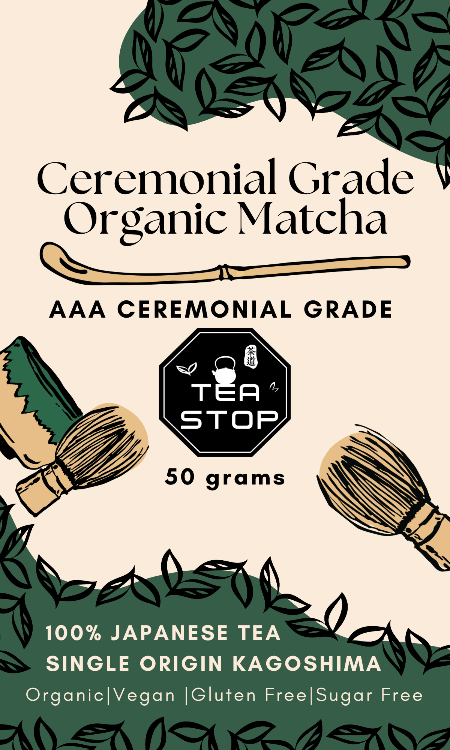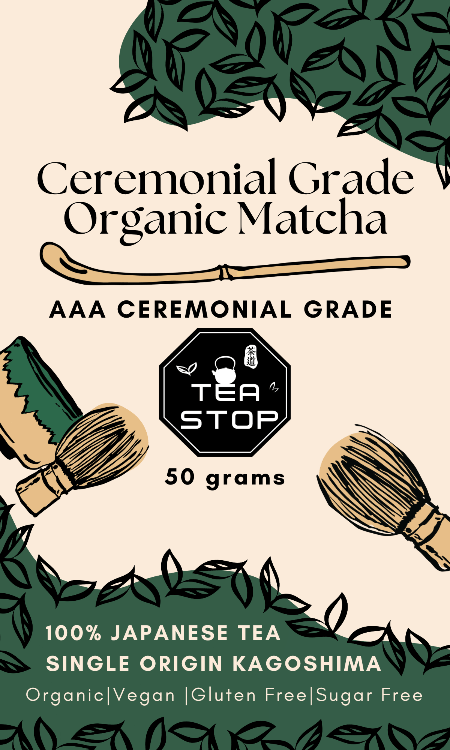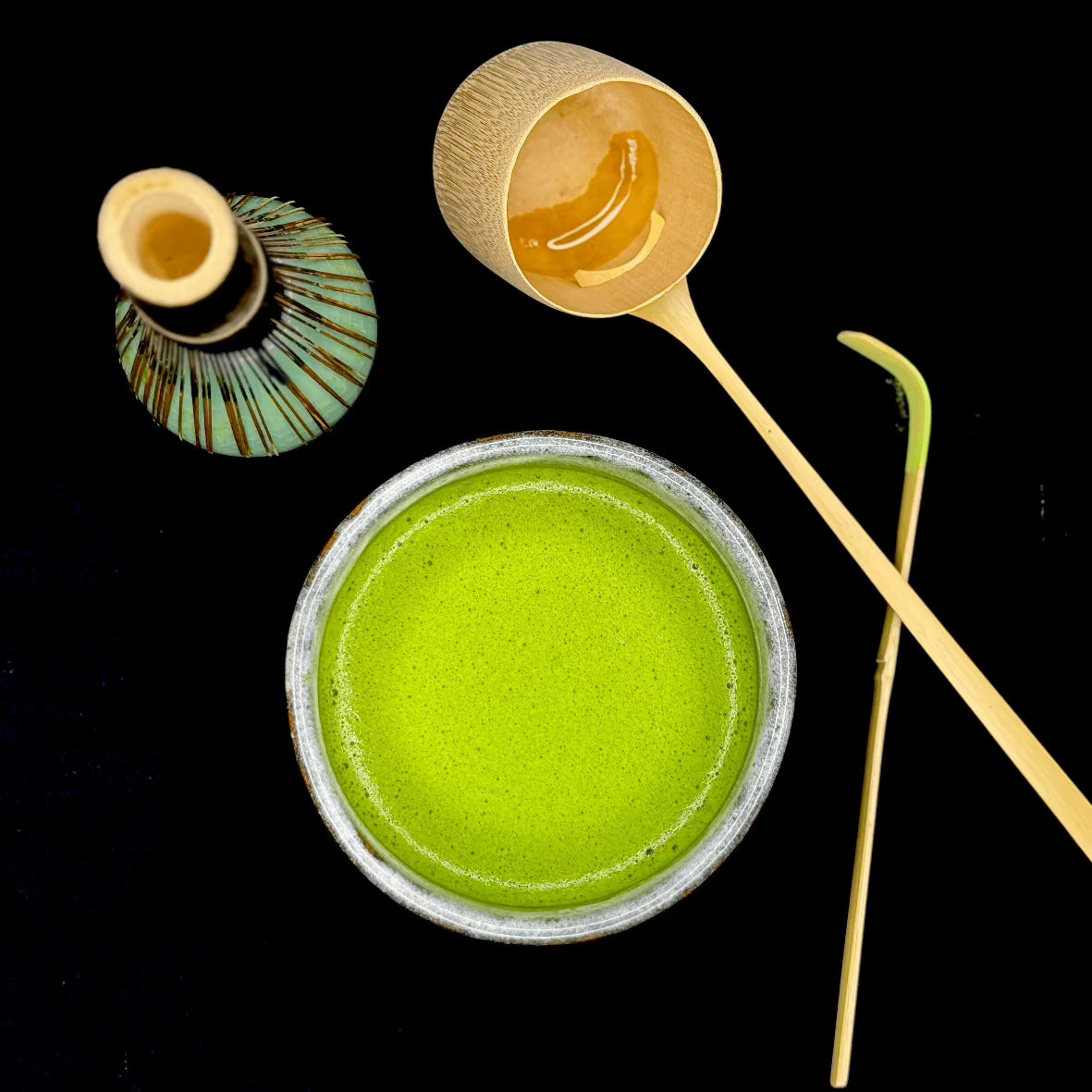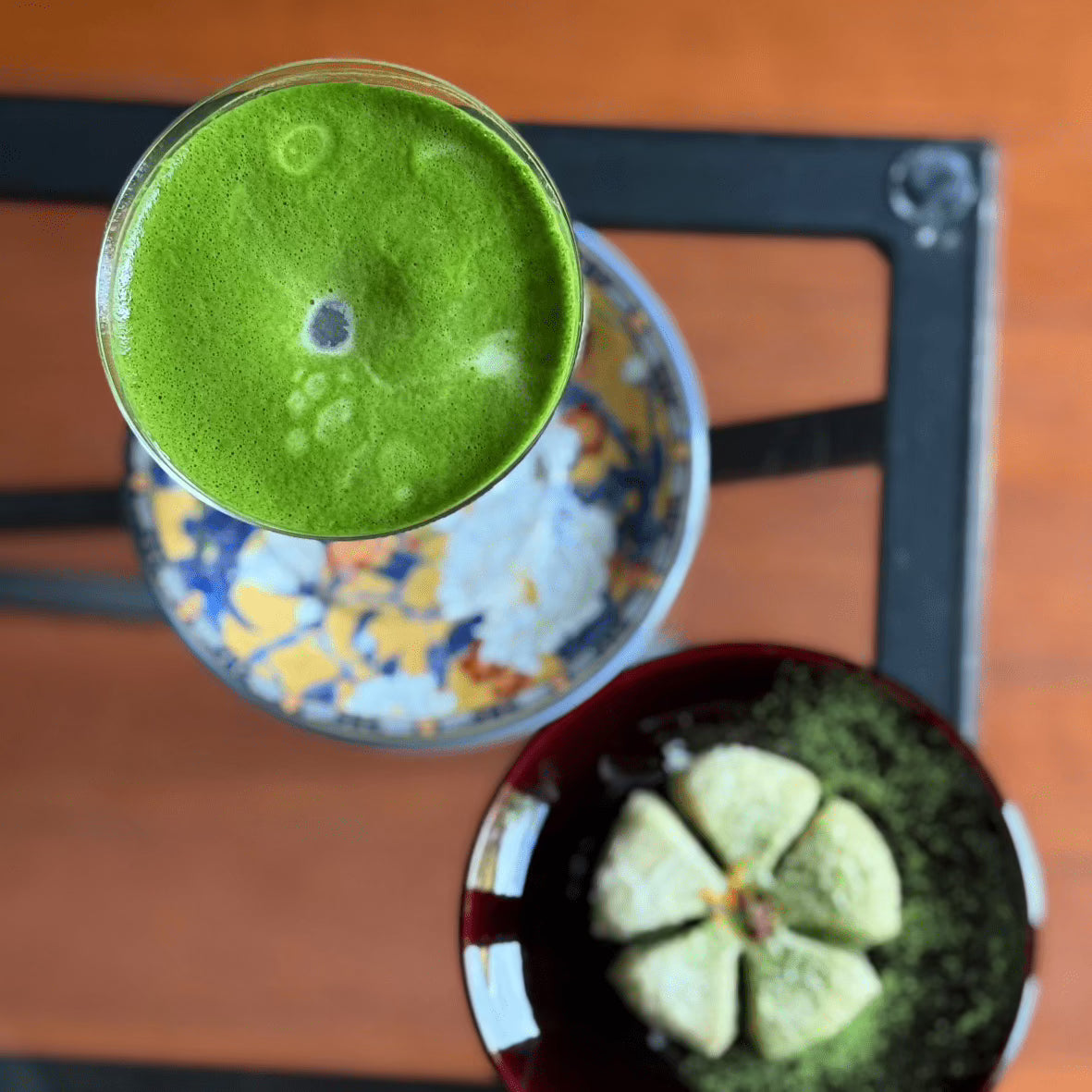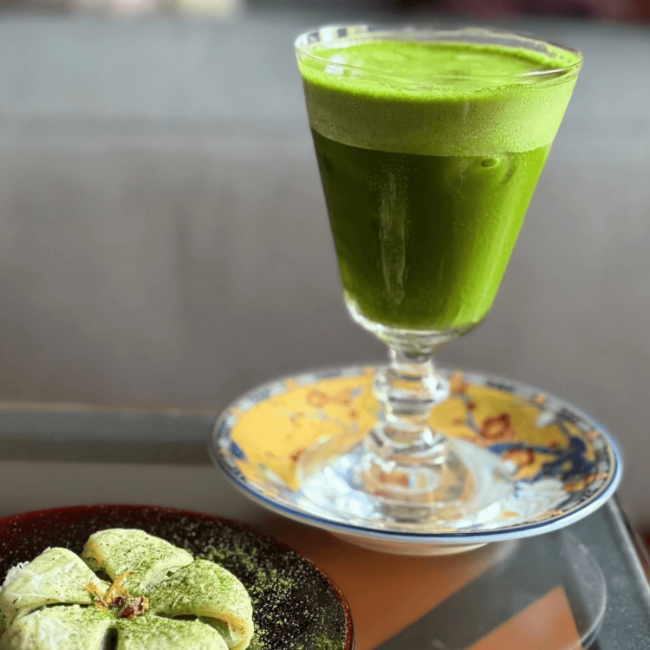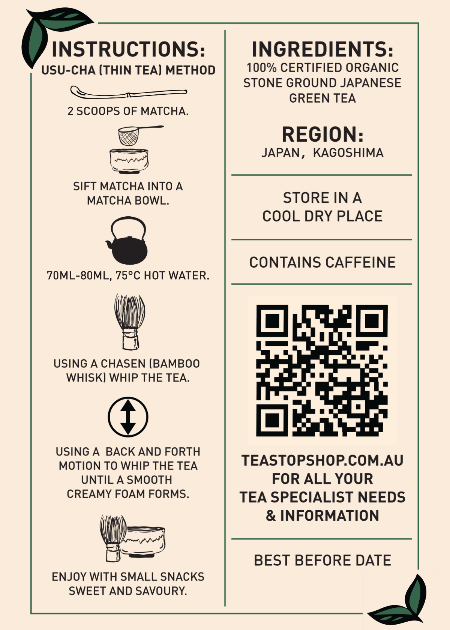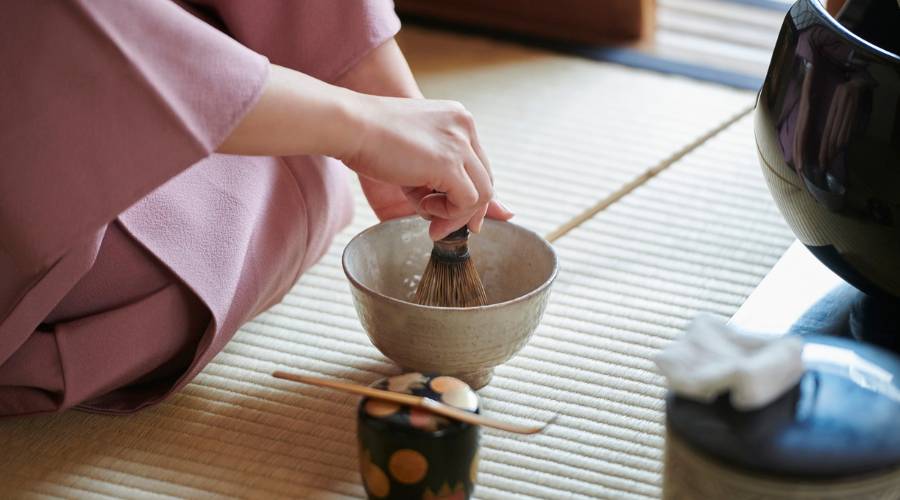
Japanese Tea Ceremony Guide: Mastering Traditional Tea Preparation
Share
The Japanese tea ceremony, or "chanoyu," represents far more than simply making and drinking tea – it's a choreographed ritual that embodies harmony, respect, purity, and tranquility. While mastering the full traditional ceremony takes years of study, understanding its principles and basic practices can transform your daily tea preparation into a meaningful meditation that brings calm and mindfulness to even the busiest life. Whether you're drawn to the aesthetic beauty, the philosophical depth, or simply want to prepare matcha in the traditional way, this comprehensive guide introduces you to the essential elements of the Japanese tea ceremony that you can practice at home. You'll discover how this ancient ritual, refined over 500 years, offers a pathway to presence and peace through the simple act of preparing and sharing tea.

The Four Principles of Japanese Tea Ceremony
Before touching any tools or tea, understanding the philosophical foundation of tea ceremony is essential. Sen no Rikyu, the 16th-century tea master who codified the ceremony, established four principles that guide every aspect of the practice:
Wa (和) - Harmony Harmony extends beyond the tea room to encompass the relationship between host and guest, the integration with nature, and the balance of all elements in the ceremony. Every movement, tool placement, and interaction seeks to create harmonious flow. In your practice, this means creating a peaceful environment and approaching preparation with calm intention.
Kei (敬) - Respect Respect manifests through careful handling of tea implements, consideration for guests, and appreciation for the tea itself. Each tool is treated as precious, regardless of its monetary value. This principle teaches us to honor the farmers who grew the tea, the craftspeople who made the tools, and the tradition we're participating in.
Sei (清) - Purity Physical and spiritual cleanliness are paramount. The ritual cleaning of tools isn't just practical – it's a purification of mind and space. Before beginning, practitioners clear their thoughts along with their preparation area. Explore our traditional ceremony tools designed for authentic practice.
Jaku (寂) - Tranquility. The ultimate goal is to achieve inner peace through the ceremony. This tranquility isn't passive but actively cultivated through focused attention on each moment. When the other three principles are fulfilled, tranquility naturally emerges.
Essential Tools for Japanese Tea Ceremony
The Primary Implements
- Chawan (茶碗): The tea bowl is the ceremony's heart, chosen for season and occasion
- Chasen (茶筅): Bamboo whisk with 80-120 prongs for creating perfect foam
- Chashaku (茶杓): Bamboo scoop for measuring matcha with precision
- Natsume/Usuki (棗/薄器): Tea caddy holding the matcha powder
Supporting Tools
- Fukusa (袱紗): Silk cloth for ritual cleaning of tools
- Chakin (茶巾): Hemp cloth for wiping the tea bowl
- Hishaku (柄杓): Bamboo ladle for transferring water
- Kensui (建水): Waste water container
- Mizusashi (水指): Fresh water container
Each tool has specific handling requirements and symbolic meaning. The quality of tools matters less than the care with which they're used. Shop ceremonial grade matcha to accompany your practice.

Types of Japanese Tea Ceremonies
Chakai (茶会) - Informal Tea Gathering A simplified ceremony lasting 45 minutes to an hour, including sweets and thin tea (usucha). This format works perfectly for home practice, focusing on the essential elements without extensive ritual. Most practitioners begin here, learning basic movements and principles.
Chaji (茶事) - Formal Tea Gathering The full formal ceremony spans four hours, including a kaiseki meal, thick tea (koicha), and thin tea. This elaborate ritual requires extensive training and is typically reserved for special occasions. Understanding chaji helps appreciate the depth of tea culture, even if you never perform one.
Seasonal Variations
- Ro (炉): Winter ceremony using a sunken hearth (November-April)
- Furo (風炉): Summer ceremony using a portable brazier (May-October)
Each season brings different tools, preparations, and aesthetic choices reflecting nature's changes.
Step-by-Step Guide to Basic Tea Ceremony
Preparation Phase
- Set Your Intention: Take three deep breaths, clearing your mind of daily concerns
- Arrange Your Space: Create a clean, uncluttered area facing your guests (or meditation spot)
- Select Your Tools: Choose implements appropriate for the season and occasion
- Prepare Sweets: Traditional wagashi precede tea to balance matcha's slight bitterness
The Ceremony Proper
- Enter Mindfully: Whether entering a tea room or simply sitting down, transition consciously into ceremony space
-
Purify the Tools:
- Fold the fukusa precisely
- Wipe the tea caddy and scoop with deliberate movements
- Rinse the whisk in hot water
- Warm and dry the tea bowl
-
Prepare the Tea:Scoop matcha into the bowl (2 scoops for usucha, 3-4 for koicha)
- Add hot water (70-80°C) with the ladle
- Whisk vigorously in M or W pattern until frothy
- Slow the whisking to break large bubblesCreate a smooth surface with final gentle motions
-
Serve with Respect:
- Rotate the bowl so its front faces the guest
- Bow while presenting
- Guest bows before receiving
-
Cleaning Ritual:
- Rinse the bowl with water
- Clean the whisk carefully
- Wipe the bowl with chakin
- Return tools to their original positions

The Role of Seasonality in Tea Ceremony
Japanese tea ceremony deeply connects with seasonal changes, reflecting nature's rhythms in every aspect:
|
Season |
Theme |
Tools & Decorations |
Tea Selection |
|
Spring |
Renewal, cherry blossoms |
Flower motifs, lighter colors |
Fresh, delicate matcha |
|
Summer |
Coolness, water |
Glass or cooling ceramics |
Lighter preparation, more water |
|
Autumn |
Harvest, contemplation |
Warm colors, leaf designs |
Richer, deeper matcha |
|
Winter |
Warmth, gathering |
Heavier bowls, pine decorations |
Thick tea, warming preparation |
Seasonal awareness extends to flower arrangements (chabana), scroll selections (kakemono), and even the type of sweets served. This attention to season keeps the ceremony fresh and connected to the natural world.
Etiquette and Guest Participation
As a Host
- Prepare the space with care, considering every detail
- Move deliberately, never rushed or casual
- Maintain focus on serving your guests
- Express gratitude for their presence
As a Guest
- Arrive punctually and dress appropriately (avoid strong perfumes)
- Express appreciation for the host's efforts
- Handle the tea bowl properly: admire it, rotate it, drink, and return it
- Compliment specific elements: the tea's flavor, the bowl's beauty, the sweet's taste
Key Gestures
- Bowing: Express respect and gratitude
- Bowl Rotation: Turn bowl twice clockwise before drinking to avoid the "front"
- Appreciation: Examine the empty bowl, acknowledging its craftsmanship
- Final Bow: Thank the host after drinking

Creating Your Home Tea Ceremony Space
Essential Elements You don't need a traditional tea room to practice tea ceremony. Create a dedicated space with:
- Clean, uncluttered surface
- Natural light when possible
- Simple flower arrangement or plant
- Removal of digital distractions
- Comfortable seating arrangement
Simplified Setup
- Use a low table or even a beautiful tray
- Keep tools in a designated box or shelf
- Display one piece of art or calligraphy
- Include a small water source (even a beautiful pitcher works)
Making It Your Own While respecting traditional principles, adapt the ceremony to your life:
- Morning ceremony as meditation before work
- Evening ritual for transition from day to rest
- Weekend practice for deeper contemplation
- Simplified version for daily matcha preparation
The Spiritual Dimensions of Tea Ceremony
Zen Buddhism Influence Tea ceremony embodies Zen principles of mindfulness, simplicity, and direct experience. Each movement becomes meditation, each sip an opportunity for presence. The ceremony teaches that enlightenment exists in everyday actions performed with complete attention.
Wabi-Sabi Aesthetic The beauty of imperfection and impermanence permeates the tea ceremony. A centuries-old bowl with repairs (kintsugi) may be more valued than a perfect new one. This philosophy encourages finding profound beauty in simplicity and accepting the transient nature of life.
Ichigo Ichie (一期一会) "One time, one meeting" – each tea ceremony is unique and will never be repeated exactly. This principle encourages full presence and appreciation for the current moment, knowing it will never come again.
Common Mistakes in Japanese Tea Ceremony Practice
Mistake #1: Focusing on perfection over presence
- The issue: Getting caught up in doing everything "correctly"
- The solution: Remember that sincerity matters more than perfect form
Mistake #2: Rushing through movements
- The issue: Treating ceremony as task to complete
- The solution: Each movement is the entire purpose – there's no destination
Mistake #3: Using inappropriate water temperature
- The issue: Boiling water destroys matcha's delicate compounds
- The solution: Always use 70-80°C water for optimal flavor and health benefits
Modern Applications of Tea Ceremony Principles
In Daily Life
- Apply "one encounter, one opportunity" to relationships
- Practice mindful preparation in cooking or other activities
- Create ritual pauses in busy days
- Cultivate appreciation for simple pleasures
In Business
- Japanese companies use tea ceremony for team building
- Principles of respect and harmony improve workplace culture
- Attention to detail transfers to quality work
- Hosting tea for clients builds deeper relationships
For Wellness
- Regular practice reduces stress and anxiety
- Ritual creates structure and meaning
- Mindful movement improves body awareness
- Social aspect combats isolation

Frequently Asked Questions About Japanese Tea Ceremony
How long does it take to learn the tea ceremony?
Basic movements can be learned in a few sessions, but masters study for decades. Start with simple daily practice and let understanding deepen naturally over time.
Can I practice the tea ceremony alone?
Absolutely. Solo practice (temae) is common for developing skills and as personal meditation. The principles apply whether serving others or yourself.
Do I need expensive tools to begin?
Start with basic essentials: a bowl, whisk, scoop, and good matcha. Quality matters less than sincere practice. Upgrade tools gradually as your practice develops.
Is the tea ceremony religious?
While influenced by Zen Buddhism, the tea ceremony is cultural rather than religious. People of all faiths (or none) can practice and benefit from its principles.
Can I adapt the ceremony for other teas besides matcha?
Yes, the principles apply to any mindful tea preparation. Chinese gongfu cha and Korean darye share similar philosophies.
Where can I learn the tea ceremony in Australia?
Several cities have tea ceremony schools or cultural centers offering classes. Online resources and videos can guide home practice. Start with books by tea masters for a deeper understanding.
Begin Your Tea Ceremony Journey Today
The Japanese tea ceremony offers more than a historical cultural practice – it provides a framework for finding peace and meaning in our modern world. Whether you perform a full formal ceremony or simply bring mindful attention to your daily matcha preparation, the principles of harmony, respect, purity, and tranquility can transform a simple beverage into a profound practice.
Remember that tea ceremony values sincerity over perfection. Your genuine effort to embody its principles matters more than flawless execution of forms. Start simply, perhaps with one mindful bowl of matcha each morning, and let your practice evolve naturally.
Begin your ceremony practice with our complete starter collection, including ceremonial-grade matcha, traditional tools, and detailed instructions to guide your journey into this transformative tradition.
